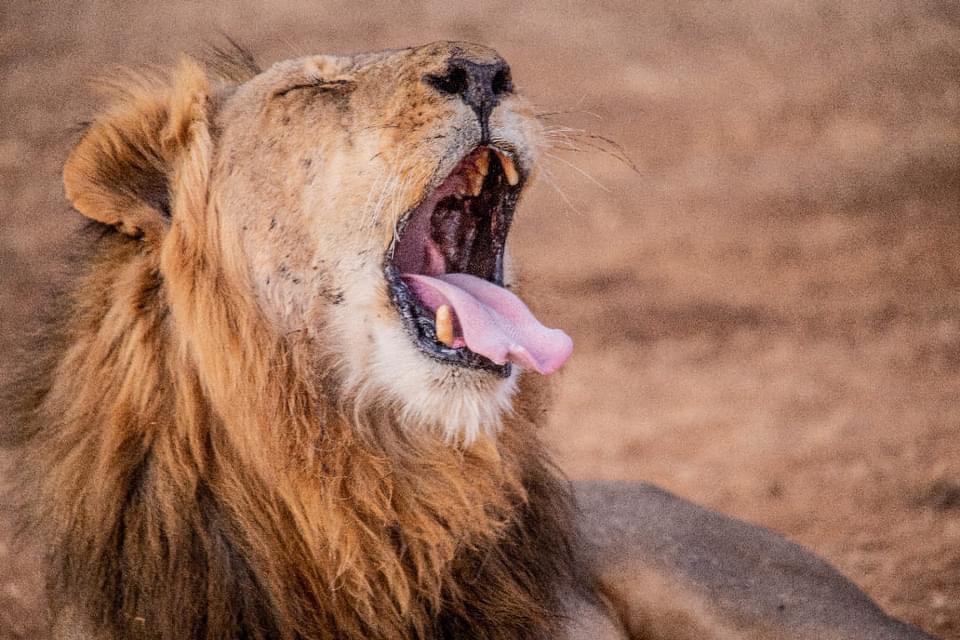Mukula to Ivory cartels: Will Zambia’s wildlife survive
WHILST the country is gripped with headlines of political mukula cartels, another injury to the nation’s wildlife is taking root.
In the past months many Zambians have been jailed for 5 years for illegal possession of ivory. In 2020 alone at least 3 people went to prison for ivory related sentences. On May 7 2020, the Subordinate Court in Siavonga handed a five-year prison sentence to George Elijah (51), and Enock Mwiinga (30), who were arrested for illegal possession of 23 kilograms of elephant ivory. On 19 May 2020, the Subordinate Court in Mpika handed the same sentence to Sydney Musonda (26), who was caught with 2 kilograms of ivory.
When you add up the “small” quantities of ivory collected from, hundreds of local poachers, over months, years, you end up with a multi-billion dollar illegal business that mainly enriches a handful of transnational organized criminal networks, who cash in on the black-market demand for ivory in China, Vietnam, and other Asian countries.
Stories of Zambians being arrested for illegal possession of ivory, like the ones above, are becoming common, and on face value, one may even question whether these cases, which often involve small quantities of ivory, are harmful. But when you consider that the seemingly isolated cases are actually not isolated, that they are controlled by the same serious, organised, transnational criminal syndicates which hire low level poachers from different parts of the country to do their bidding for very little return, the outlook changes.
Don’t be fooled that this money is being made in Zambia. The local poachers are only getting a very small slice of the overall illicit profit which mainly ends up in the country of destination, mostly in Asia. Zambians are risking their lives in the bush (either to be arrested or killed by a wild animal) for a tiny sum just to put ivory in the shops of the rich men in Asia.
These seizures clearly point to organised crime. It is also clear that to fully appreciate the damage that the illegal ivory trade causes on Zambia’s elephants, we shouldn’t look at poachers as individual offenders, but as collective members who support an illegal and unsustainable industry, and which has the potential to wipe out elephants for future generations in Zambia and Africa as a whole. These same criminal groups once wiped out Zambia’s black rhino population, which was estimated at 13,000 in 1981 and declared extinct by 1998. In fact, Zambia’s elephant population is still in the recovery stage from the rampant poaching era of the 1990s when nearly 90 percent of the country’s elephants were killed for their ivory.
Protect Zambia’s wildlife by reporting to any law enforcement wing suspected dealers in wildlife.
Protect Zambia’s wildlife so that the next generation will not only see an elephant in museum but also in the wild.
Source: Kalemba







